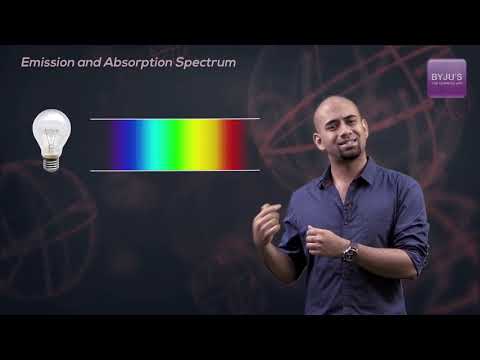UV rays lie in the wavelength range from around 10 nm to around 400 nm and have a frequency between the ranges 800 THz to 30 PHz. UV radiation is harmful as continuous exposure to these will result in skin and eye diseases. It also results in the aging of the skin. On the other hand, it is the best source of natural vitamin D, which is essential for human growth. UV rays have a shorter wavelength range than visible light and therefore cannot be seen by human beings. There are some insects like bumblebees which actually can see ultraviolet rays.
Although the earth is open to a large amount of UV ray exposure from the sun, most of it is absorbed by the ozone layer in the atmosphere. Black lights, mercury lamps, and tanning lights (in tanning salons) are different sources of ultraviolet rays.
Discovery of Ultraviolet Rays
The discovery of ultraviolet rays is a very interesting story. During the 1800s, a guy named Johann Ritter wanted to check the existence of waves beyond the visible spectrum of light. At the time, it was known that photographic film turned black faster in blue light than red. Ritter exposed this film to beyond violet and as expected, the film turned black. This proved the existence of ultraviolet rays.
UV lamps emit radiation that is enough to kill germs. They are used in healthcare to sterilize surgical instruments. UV rays are also used in the purification of water and the pharmaceutical industry.
Frequently Asked Questions – FAQs
What is meant by electromagnetic spectrum?
Define ultraviolet radiation.
What are the uses of ultraviolet radiation?
What are the health effects of ultraviolet radiation?
What are the artificial sources of ultraviolet radiation?
 -->
-->


Comments